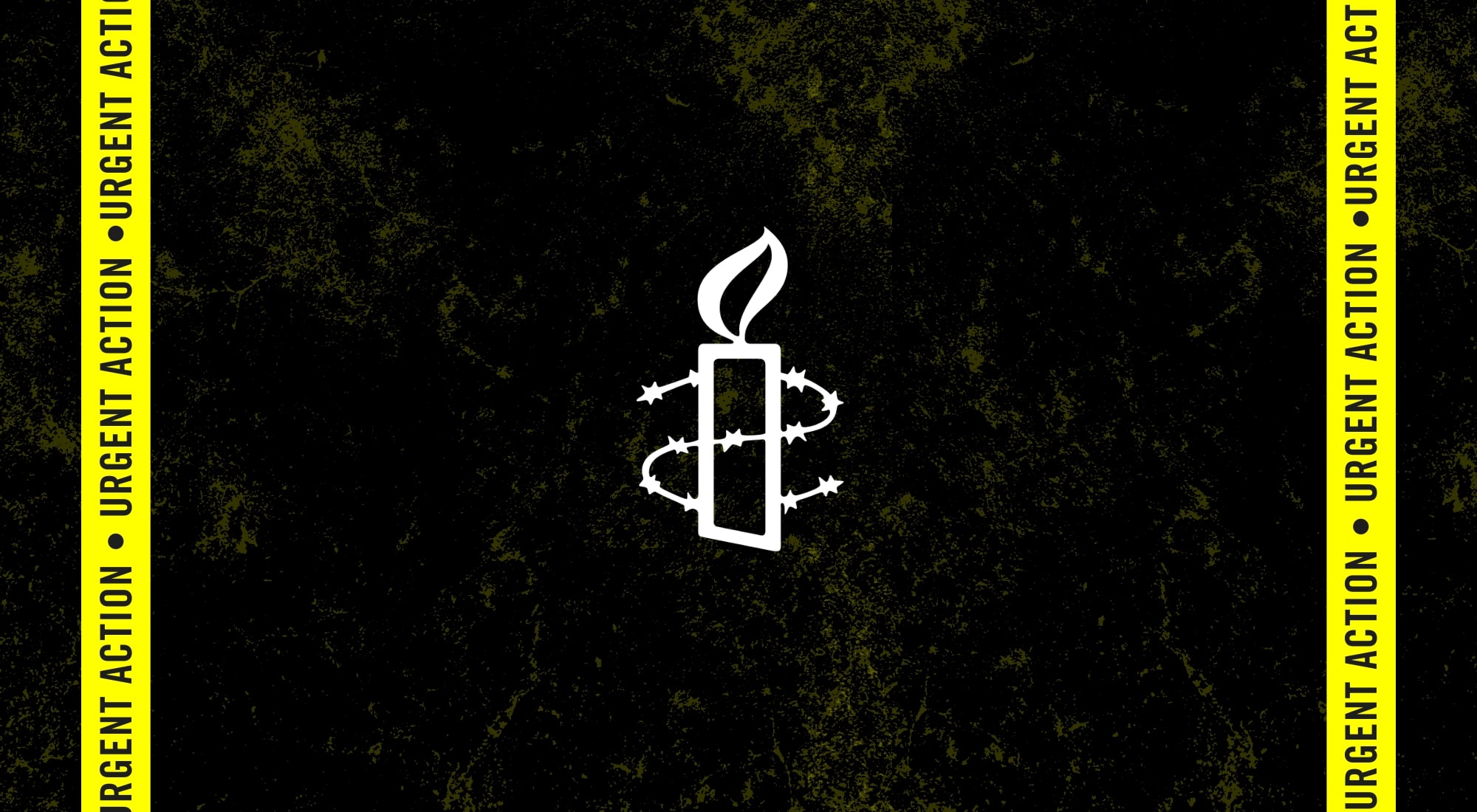By Rachel LaFortune
Many Canadians have heard of the Site C dam: a hydro-electric megaproject in northeast British Columbia that has been backed by successive federal and provincial governments despite its unlawful impact on Indigenous rights. What fewer people may know is that three years ago, in a hearing that received scant media attention, Department of Justice lawyers successfully argued that the federal Cabinet’s decision to sign off on Site C—one of the largest, most expensive, and most destructive energy projects in Canadian history—should be shielded from judicial scrutiny. It’s a story worth revisiting in light of recent revelations and allegations about how other high-stakes decisions balancing the law and corporate interests have reportedly been handled in the Trudeau Cabinet.
Site C, currently being built on Treaty 8 territory to the tune of $10.7 billion, will have an outsized impact, particularly for First Nations who rely on the Peace River Valley as one of the last remaining areas where they can engage in the crucial cultural activities of hunting, fishing, and trapping. Around 70 percent of the Peace River Valley is already flooded by previous hydro development, and Site C is set to flood half the remaining land. Chief Roland Willson from West Moberly First Nations emphasizes, “We’ve never said no to the production of energy. We’ve said, let’s protect the valley. It’s the last piece of our backyard that’s relatively untouched.” The valley is also one of the only areas accessible to youth and elders, and essential to the First Nations’ abilities to maintain traditions and transmit cultural knowledge.
A joint federal-provincial review panel determined that Site C will wipe out hundreds of cultural and historic sites, including grave sites, and will have significant adverse effects on fishing, hunting, and trapping practices, many of which cannot be mitigated. The rights to fish, hunt, and trap are protected in an historic Treaty between these First Nations and the Crown, and are in turn entrenched in the Constitution.
Before she entered federal politics, Jody Wilson-Raybould described the Site C dam as “running roughshod” over Treaty-protected rights (language lifted directly from past Supreme Court decisions). However, the terms of reference for the Site C joint review, imposed by previous governments in Ottawa and Victoria, explicitly prevented the panel from making any findings or recommendations related to Treaty obligations, and neither the federal nor provincial government ever returned to this issue before approving the project.
Approval of Site C also ignored the joint review panel’s conclusion that only a demonstration of “unambiguous need” for the dam’s power could justify its “substantial” costs to the environment and to First Nations. Significantly, the panel also found that project proponent BC Hydro had not demonstrated a need for the energy Site C would produce. The issue of whether the project is even needed is significant from a Constitutional and Treaty rights perspective because a violation of Treaty rights requires a high standard of justification.
After the project was approved, the West Moberly and Prophet River First Nations tried to challenge the soundness of this decision-making process through a judicial review. Judicial reviews are intended to provide more accessible and expedient recourse to justice by examining only whether the decisions made by government were reasonable and lawful based on the information decision-makers had at hand. It is the same kind of legal proceeding that led to overturning federal approval of the Northern Gateway and Trans Mountain pipelines. In this case, however, federal lawyers got away with an extraordinary argument. They were able to convince the Federal Court and the Federal Court of Appeal that the government has no obligation to consider whether a project may breach Treaty obligations before authorizing its construction — even where this exact concern has been repeatedly raised by First Nations and where a project has already been identified as having significant, serious, and permanent impacts.
While the Site C dam was approved by the Harper government, it has been defended by the Trudeau government. In court, government lawyers echoed the rights recognition language championed by Wilson-Raybould, affirming that the “Government of Canada is committed to pursuing reconciliation and a renewed nation-to-nation relationship with Indigenous Peoples based on recognition of rights”. However, these same lawyers went on to assert that the government had no obligation to ensure that its actions wouldn’t violate its Treaty obligations. That burden, they argued, falls entirely on the First Nations themselves, who federal lawyers argued had no recourse except to launch a full legal suit, not an expeditious judicial review, so that all the facts about their Treaty rights and the impacts of the dam, could be addressed in court. The Courts accepted this limitation on First Nations access to justice, dismissing the First Nations’ concerns that a full law suit might offer answers too late to provide an effective remedy, not to mention placing extreme financial costs on their Nations.
As a direct consequence of the position taken by federal lawyers (and echoed by their provincial counter-parts), the West Moberly and Prophet River First Nations were forced to launch the kind of burdensome lawsuit that is now their only option for recourse. Although the case is not set to begin until 2022, construction on Site C continues in the interim. While the BC Supreme Court may very well find that the project violates Treaty-protected rights, this decision would almost certainly come too late for vital ecosystems and animal habitat, as well as sacred First Nations spaces destroyed during initial construction.
Such a prospect is deeply concerning given the Constitutional importance of Treaties and the imperative of reconciliation. However, there are other aspects of the defence put forward by federal lawyers, and accepted by the Courts, which are equally concerning from the perspective of democratic decision-making.
In the judicial review process, Crown attorneys defended the federal government’s failure to discharge Canada’s Treaty obligations in part by appealing to the need for broad “deference” to Cabinet-level decision-making. These decisions, they asserted, are made by a body of elected officials who must chart a path forward based on “polycentric” considerations. This complex balancing of individual and public interests with scientific facts and figures, the federal lawyers argued, and the Courts concurred, is not an area well suited for judicial scrutiny.
But the still unfolding scenario around SNC Lavalin reminds us that not all “polycentric” considerations are entirely noble, and may not always sufficiently prioritize the rule of law, rights, and justice. Political relationships, vested interests, and prospects for re-election also come into play, as may calculations that put jobs and the economy ahead of the integrity of the justice system. If Cabinet-level decisions are protected under a wide umbrella of “discretion” even in a high-stakes decision where government admits to ignoring Constitutionally protected Indigenous rights, what meaningful judicial checks and balances remain?
Fortunately, it’s not too late to put the breaks on Site C and ensure that the Peace River Valley is protected while Treaty rights concerns are finally addressed. For that matter, it’s not too late for the government to reveal how it came to support the mega-project when, if Jody Wilson-Raybould’s prior comments are any indication, they clearly knew better.
Rachel LaFortune is a legal fellow with Amnesty International Canada





















